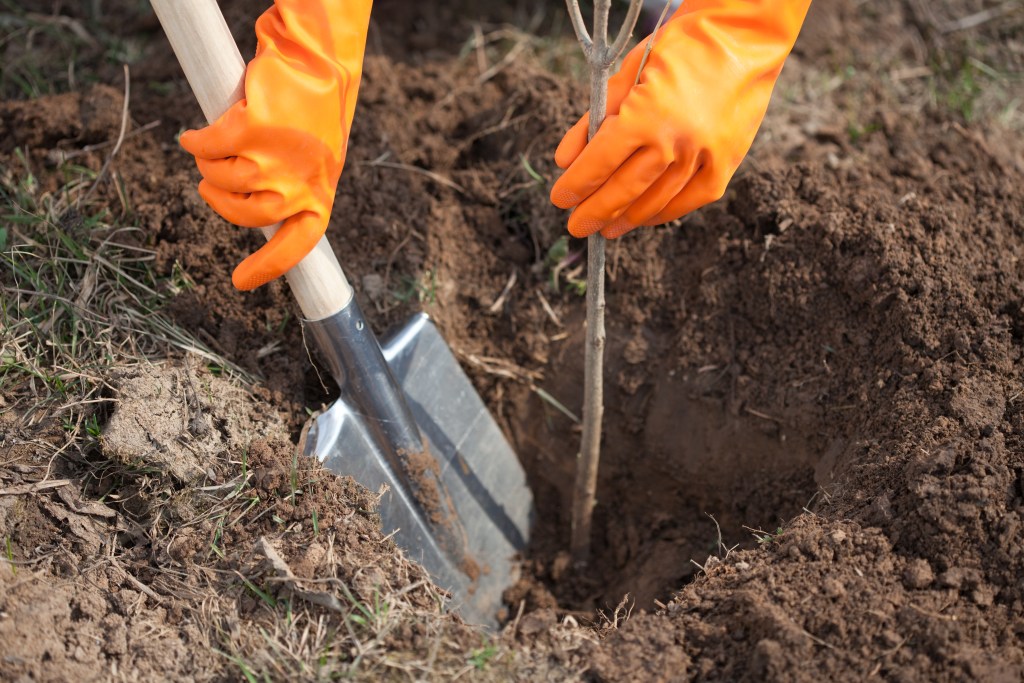Nature has an uncanny ability to restore and regenerate itself. An area of forest the size of France has regrown across the world in the last 20 years with minimal or no input from humans. According to scientists, these restored forests have the potential to store more carbon dioxide than the emissions produced each year by the U.S. Despite this news, surprising to many scientists and conservationists, deforestation is still claiming vastly more forest than what is being regenerated.
Many have come to the realization that only through massive carbon sequestration will we be able to address climate change in time to keep the planet livable. One such program with a vision of large-scale carbon drawdown is called Seed the North. Located in northern British Columbia, it aims to regenerate large swaths of land, first in B.C. and then across Canada. The project’s mission incorporates three pillars: traditional Indigenous knowledge, scientific research, and harnessing the possibilities of technological innovation.
The impact of climate change can be seen in northern B.C., where forests are suffering from drought, wildfires, and pest infestations. These impacts are compounded by massive carbon unleashing through logging, mining, and fossil-fuel extraction — powerful industries in the province. Thousands of seedlings are planted every year by the forest industry but for economic value, creating fast-growing, high-yield monocultures.
Seed the North, enlisting local Indigenous communities for their knowledge of the land and as part of their workforce, collects biodiverse seedpods. When combined with biochar, made from the waste wood left behind by logging, these become biochar seed casings that optimize generation. The casings offer all the required nutrients and protect the bundles from drought and scavenging animals. With ecological diversity accorded highest consideration, many of the seeds in the bundles are not considered valuable to the forest industry but are essential to forest health, carbon reduction, and wildfire prevention. Seeds of deciduous trees (birch, alder, and Rocky Mountain maple) create fire breaks. In addition, their silvery leaves reflect the sun’s heat back into the atmosphere and provide nutrients while decomposing.
The final component, beside the biodiverse seed mixes and nutrient-rich biochar casings, is using drones to disseminate the packets. It is this ingenuity that has the potential for large-scale application. Initially, the project will target remote and hard-to-reach areas that otherwise would not be replanted. It will also focus on areas disturbed by natural events, like wildfires, floods, and landslides, as well as those impacted by industry.
Seed the North is working with the provincial government while also trying to forge links with private industry. The approach of incorporating Indigenous perspectives, increasing biodiversity, contributing to long-term carbon sequestration, and being able to go large-scale is holistic and unique. Once proven, this approach has applicability across the globe.
Support the Santa Barbara Independent through a long-term or a single contribution.

